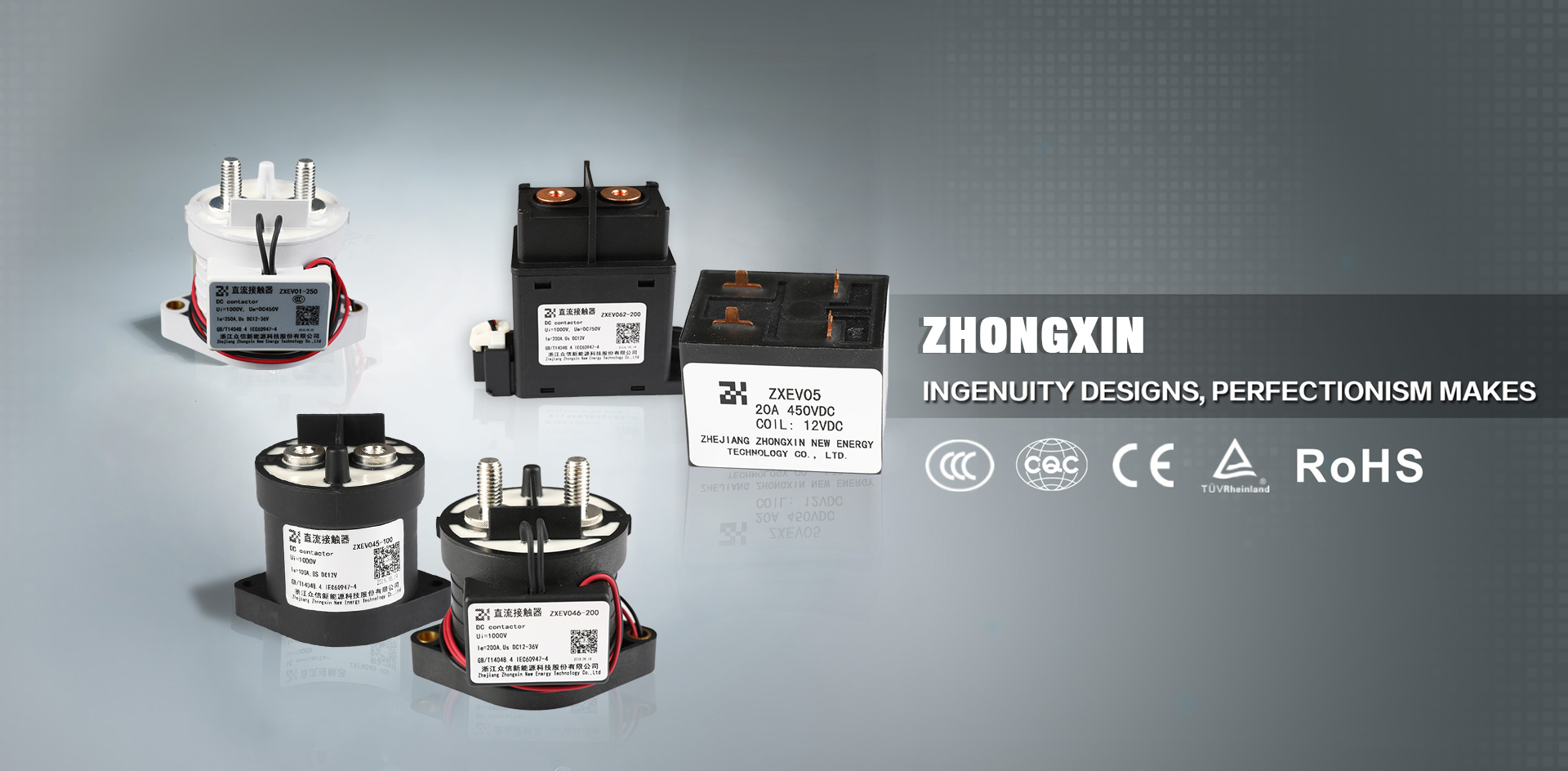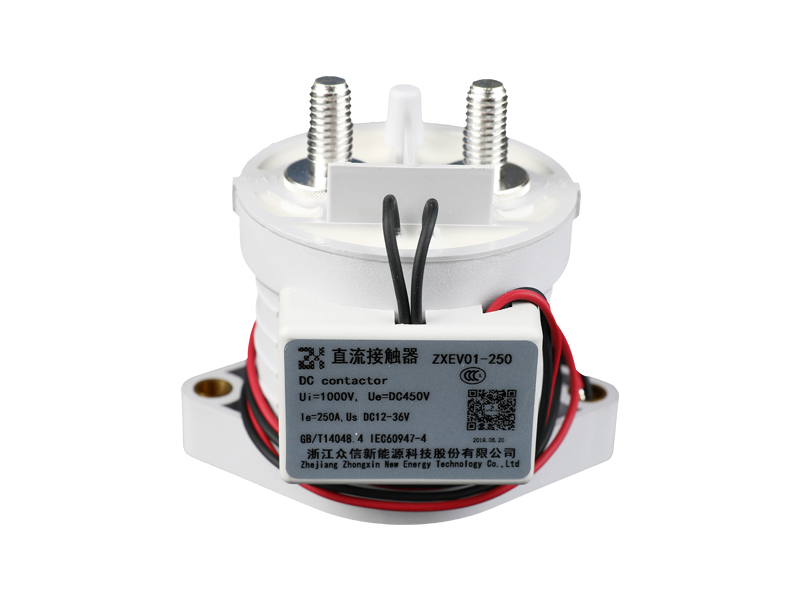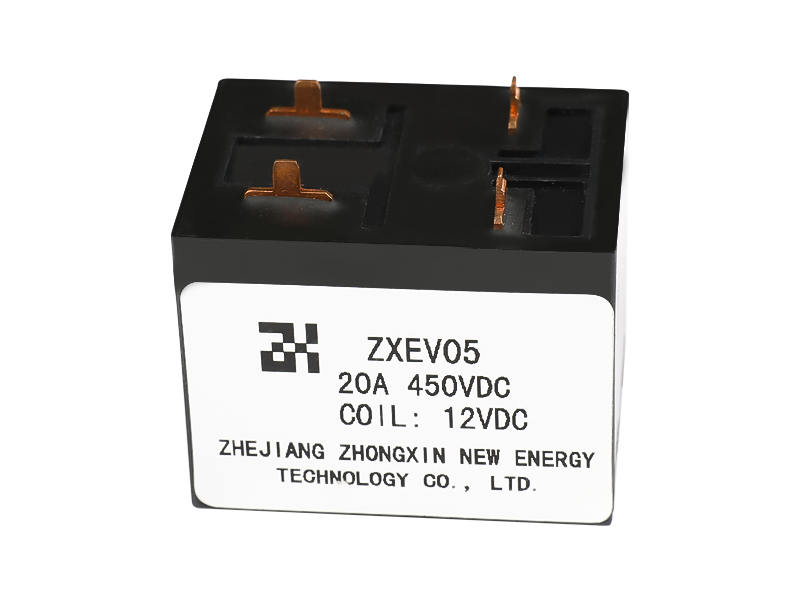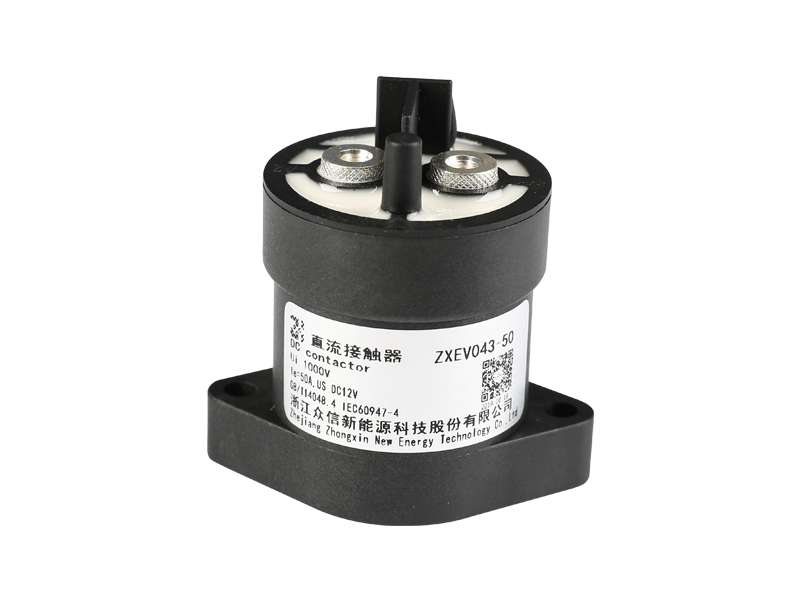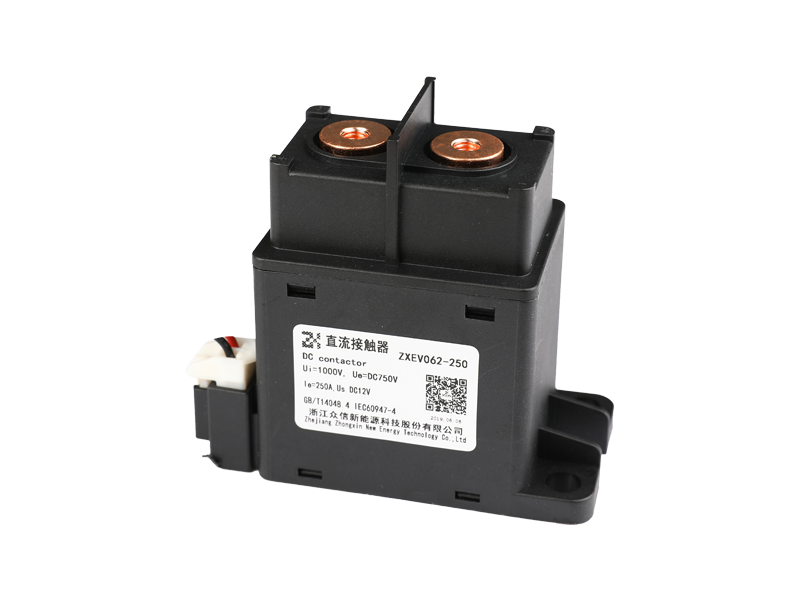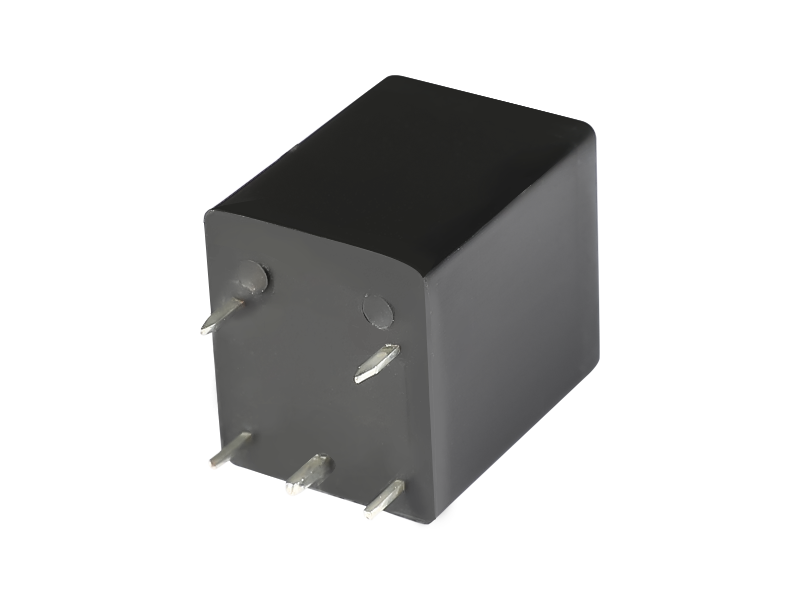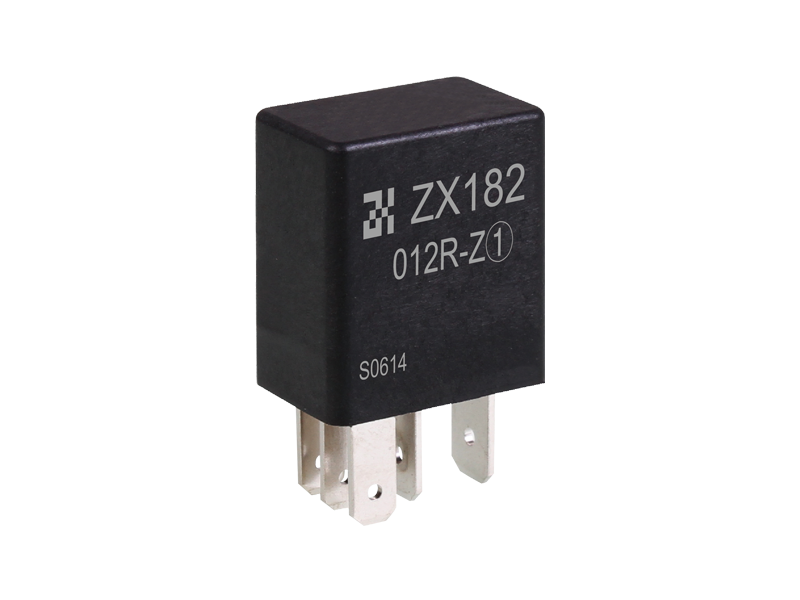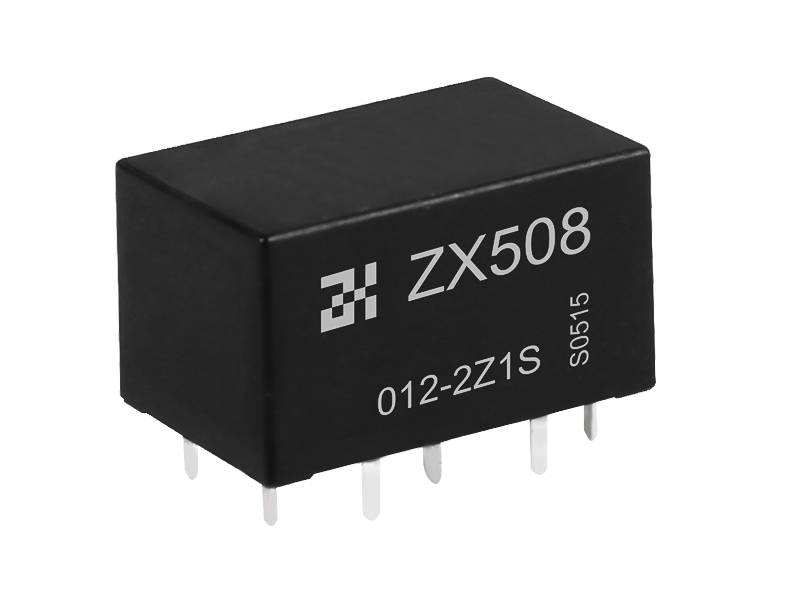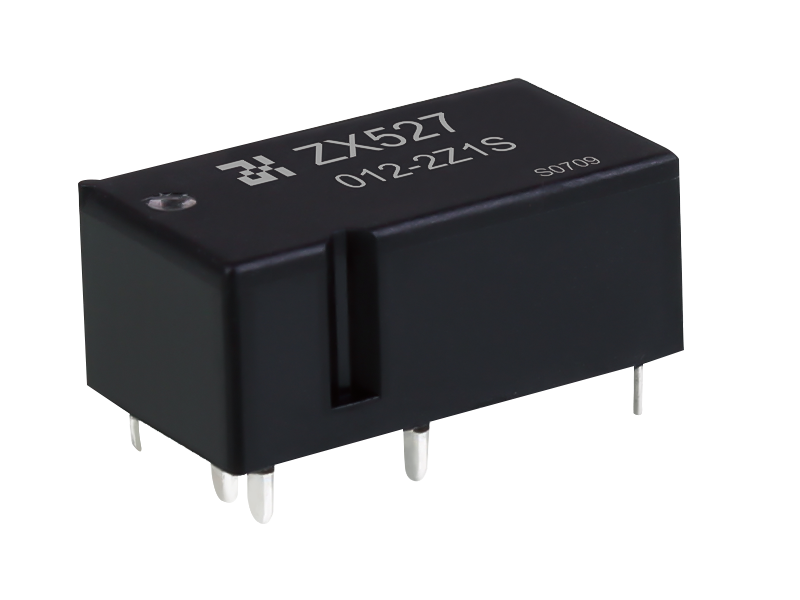Magnetic Latching Relays are a type of relay that uses a magnet to maintain the contact position without continuous power consumption. They offer a number of advantages over traditional relays, which has led to their increasing use in a range of modern applications.
One of the main advantages of Magnetic Latching Relays is their low power consumption. Unlike traditional relays, which require continuous power to maintain the contact position, Magnetic Latching Relays only require a brief pulse of power to set the contacts. Once set, the contacts remain in position until the next pulse of power is received. This feature makes them ideal for use in applications where power consumption is a concern, such as battery-powered devices.
Another advantage of
Magnetic Latching Relays is their high switching speed. They are capable of switching in a fraction of the time it takes for traditional relays to switch. This feature makes them ideal for use in applications where rapid switching is required, such as in telecommunications or industrial control systems.
Magnetic Latching Relays offer improved reliability over traditional relays. Because they do not require continuous power to maintain the contact position, they are less susceptible to wear and tear, which can lead to failure over time. This makes them ideal for use in applications where reliability is a concern, such as in automotive or aerospace systems.
In modern applications, Magnetic Latching Relays are being used in a range of industries. In the automotive industry, they are being used in electric vehicles to control power distribution and battery management systems. In the telecommunications industry, they are being used in network equipment to control the flow of data. Additionally, they are being used in industrial control systems to control the operation of machinery and equipment.
The increasing use of Magnetic Latching Relays has also led to the development of new products and applications. Manufacturers are now producing smaller and more efficient relays, which can be used in a range of devices, from smartphones to medical devices.
